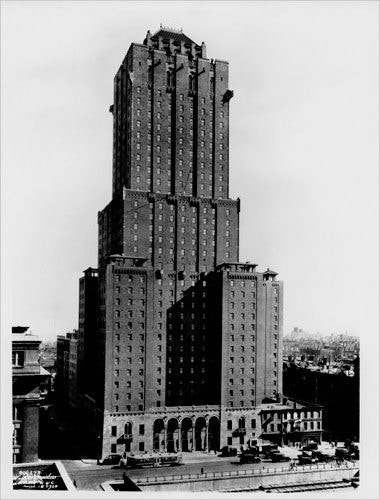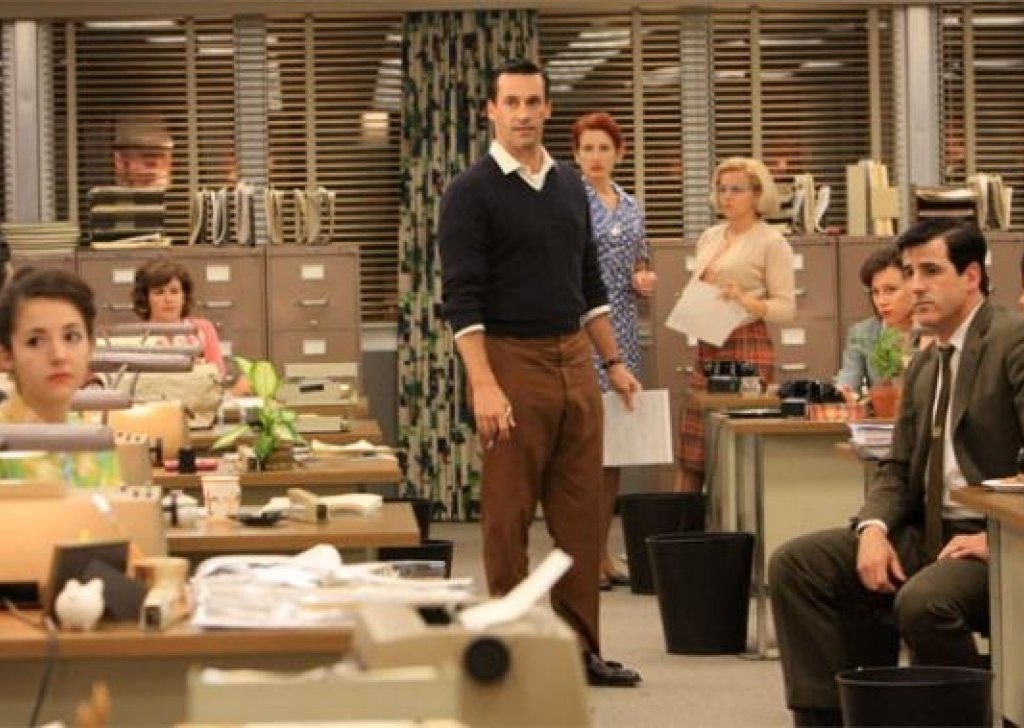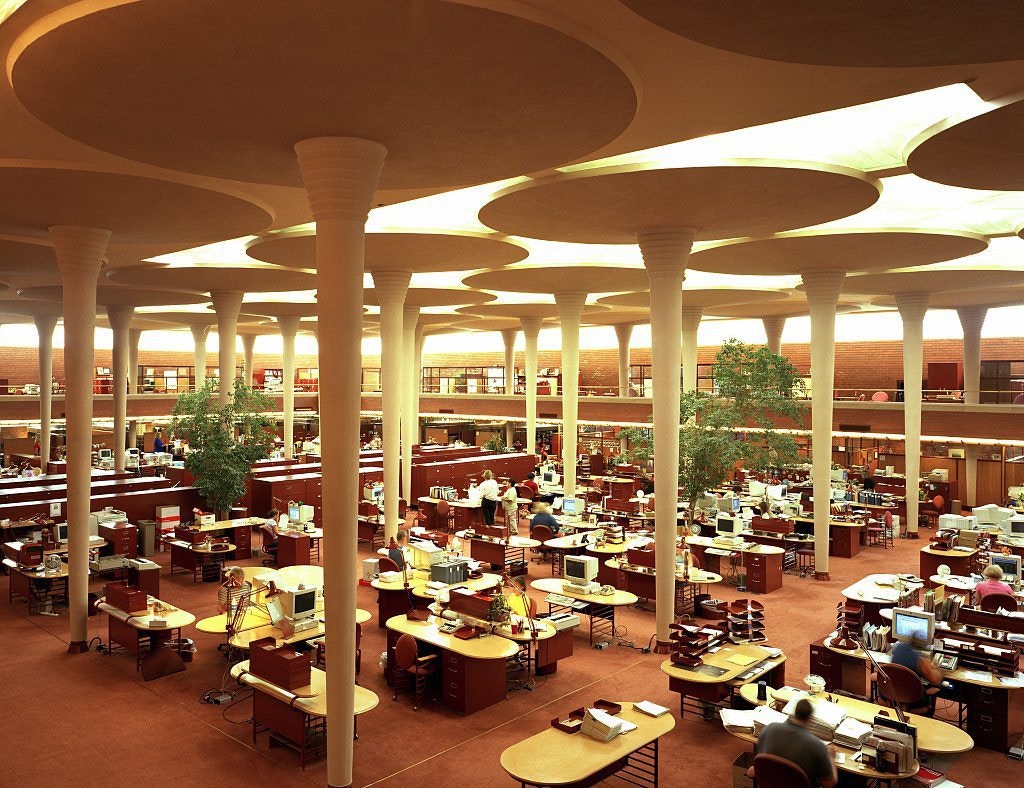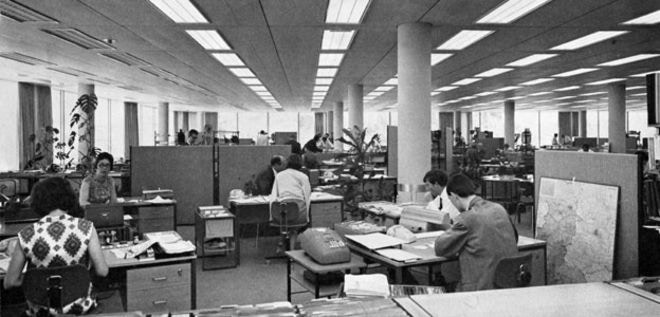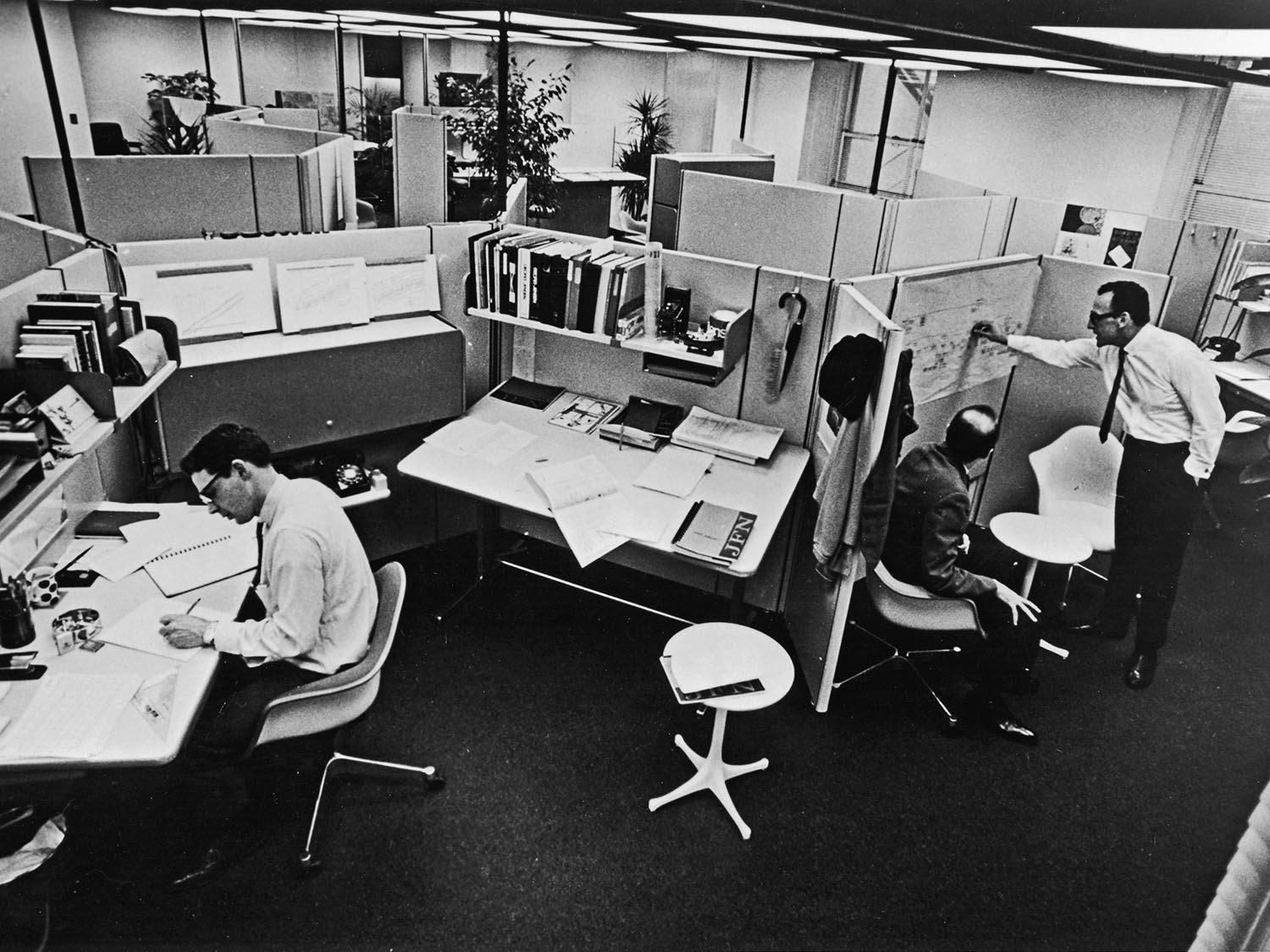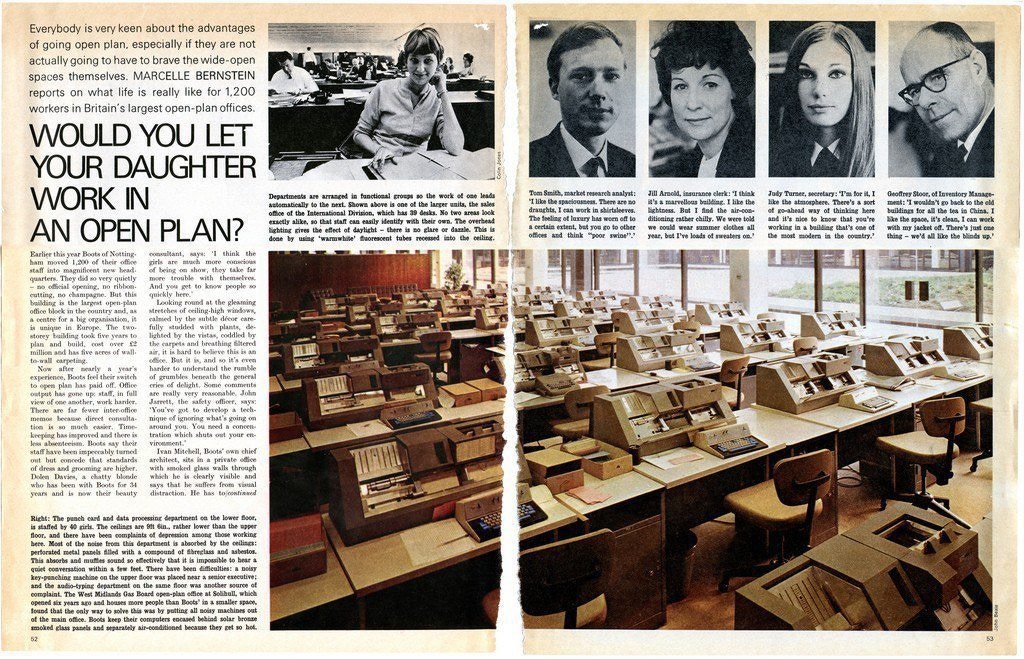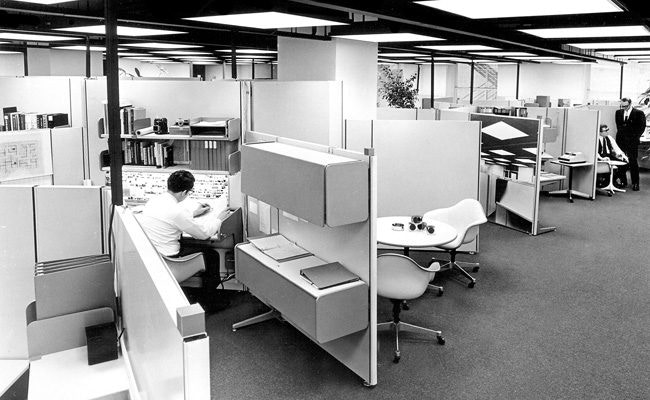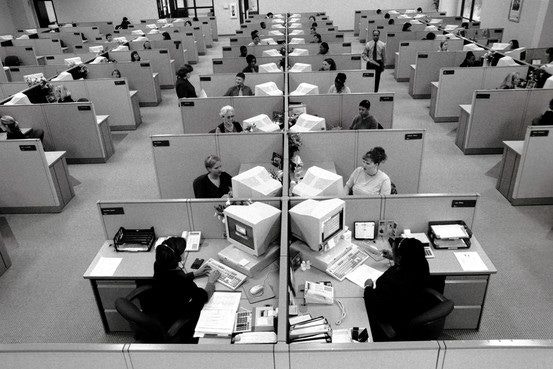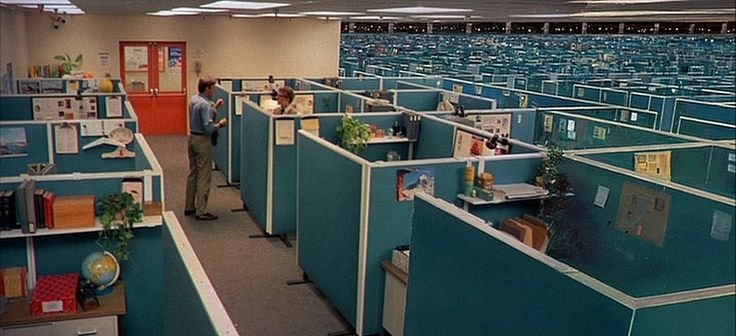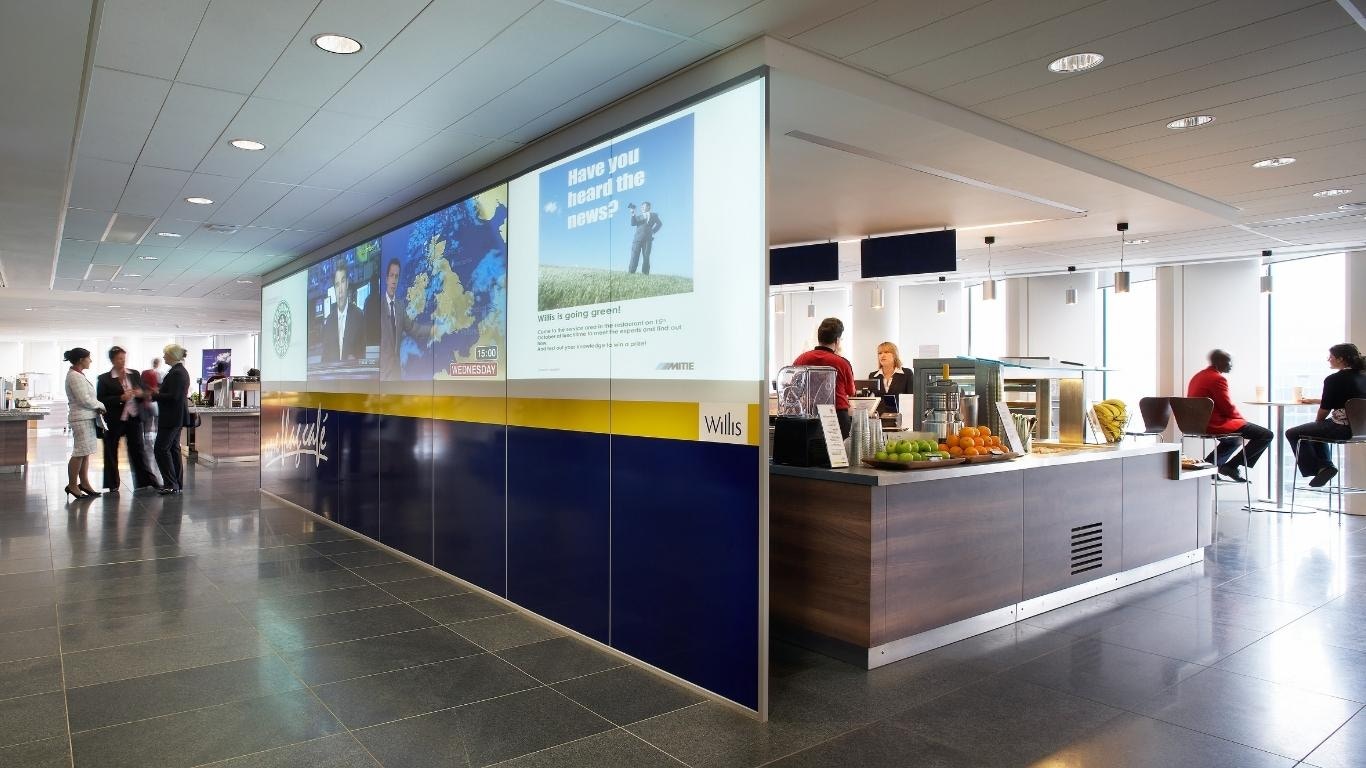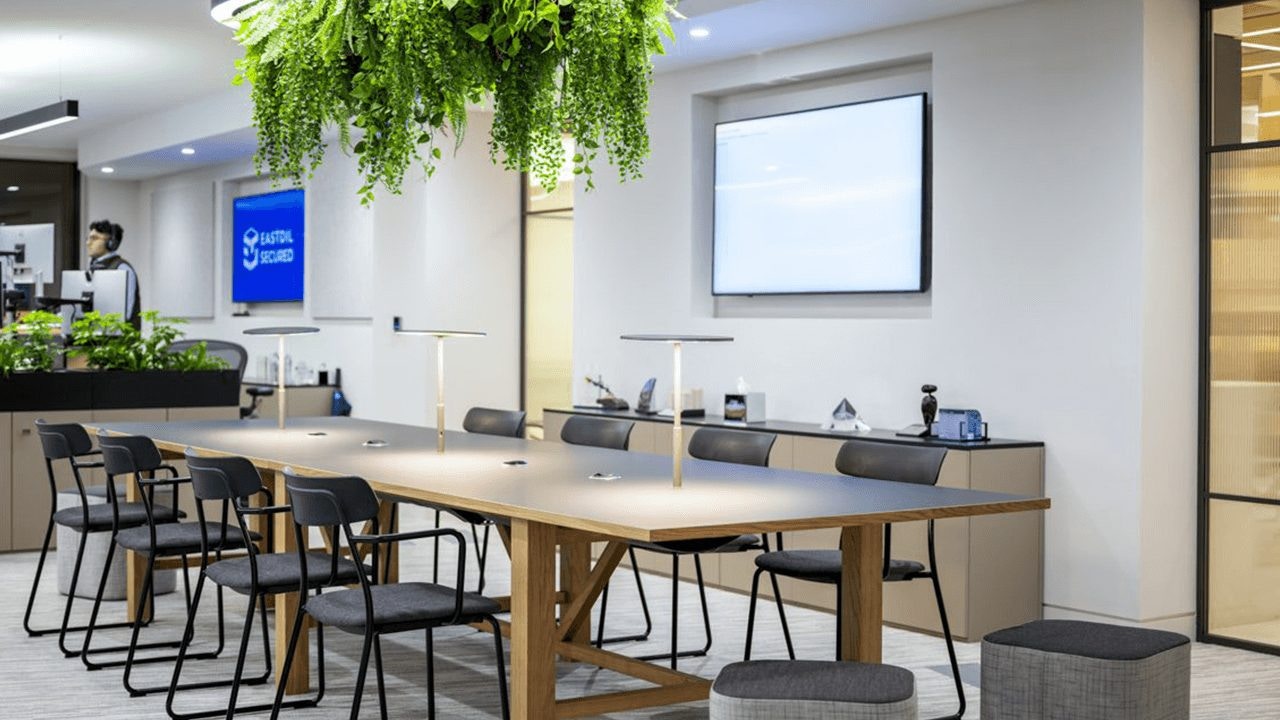The way we work in 2022 has evolved beyond any conceivable recognition to the workplace 50 years ago. The office of today is no longer a building where everyone congregates, but also our homes, the local coffee shop, and numerous other “third places” brought together in virtual meeting places. So where does the history of office design begin? It’s perhaps useful to retrace our steps to the very first office.
The First Office
There is evidence to suggest that the first offices originated in ancient Rome as spaces where official work was conducted and that similar spaces existed in some form throughout the ages. However, it wasn’t until the 18th Century that dedicated office buildings began to be created.
With the British Empire expanding and engaging in an increasing level of trade with other parts of the empire (and world), the first office building was built in 1726 in London and became known as The Old Admiralty Office. It served to handle the masses of the paperwork generated by the Royal Navy and included meeting spaces and the Admiralty Board Room, which is still used today.


